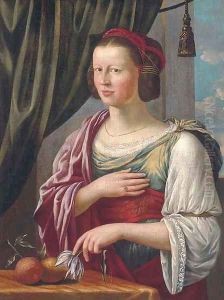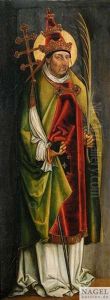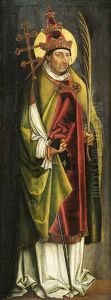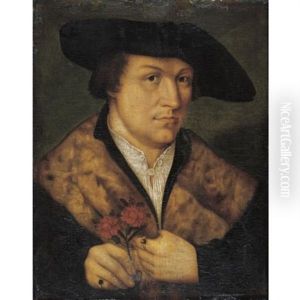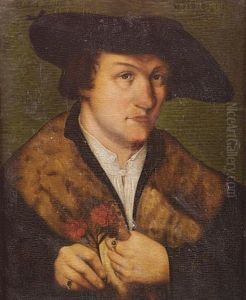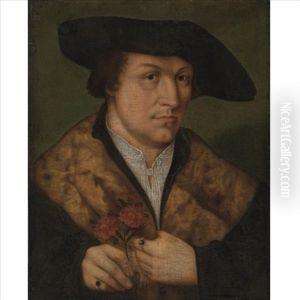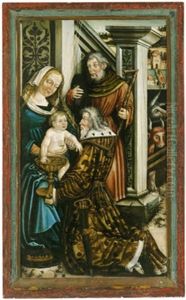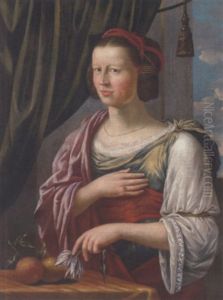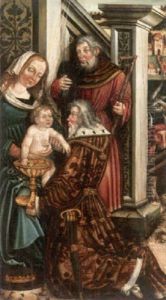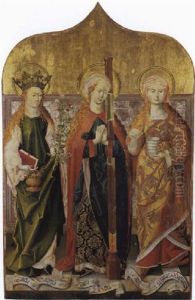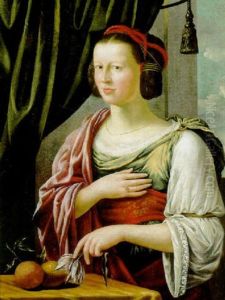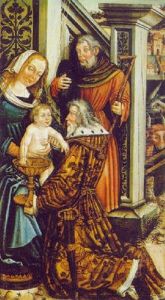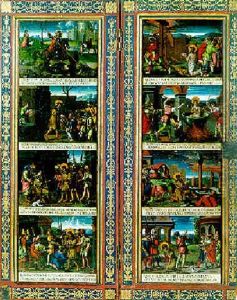Leonhard Beck Paintings
Leonhard Beck was a German artist and woodcut designer of the Renaissance period, born in approximately 1480. Beck's life and work were closely associated with the city of Augsburg, a center of art, culture, and commerce during the 16th century. His contributions to the arts were primarily in the form of woodcut illustrations, which were a popular medium for artistic expression and communication at that time, particularly in the production of books and religious imagery.
Little is known about Beck's early life and training, but it is evident from his work that he mastered the craft of woodcut design, which requires the careful carving of an image into a wooden block, which is then inked and pressed onto paper or other materials to create a print. Beck's style was characterized by its detailed and intricate lines, reflecting the Northern Renaissance's emphasis on precision and realism.
Leonhard Beck is perhaps best known for his contribution to the landmark publication 'The Triumphs of Maximilian I,' which was a monumental series of woodcuts commissioned by the Holy Roman Emperor Maximilian I. The series, also known as 'The Triumphal Procession,' depicted the emperor's lineage, deeds, and accomplishments and was a massive collaborative effort that included contributions from several prominent artists of the time, including Albrecht Dürer and Hans Burgkmair. Beck's role in this project elevated his status as an artist and showcased his skill in rendering complex scenes with clarity and detail.
Despite the notoriety he gained through such projects, much of Beck's life remains obscure, and only a limited number of his works have been clearly attributed to him. Nevertheless, his contributions are recognized as part of the rich tapestry of Renaissance printmaking, which played a crucial role in the dissemination of artistic and intellectual ideas throughout Europe.
Leonhard Beck's death is recorded to have occurred in 1542. While he may not be as widely known as some of his contemporaries, Beck's work remains a testament to the craftsmanship and artistry of woodcut designers during the Renaissance, and his prints continue to be valued by collectors and historians for their beauty and historical significance.
